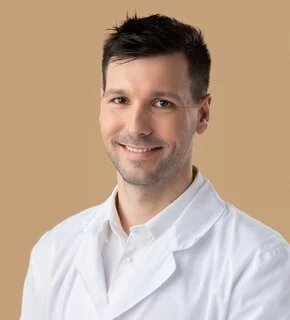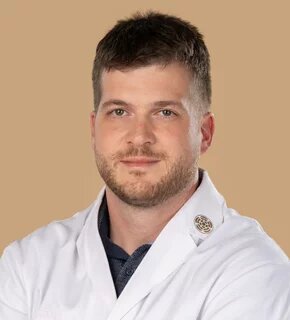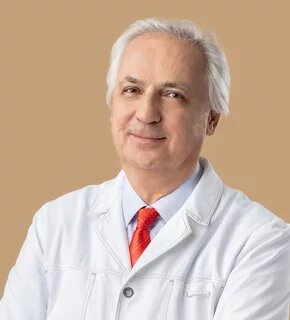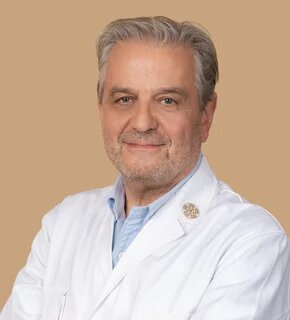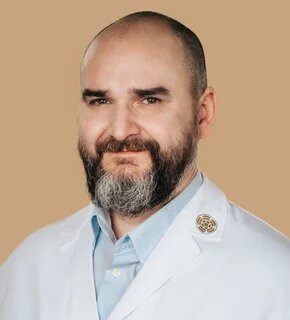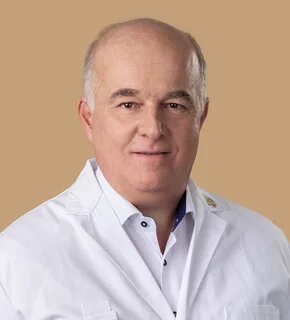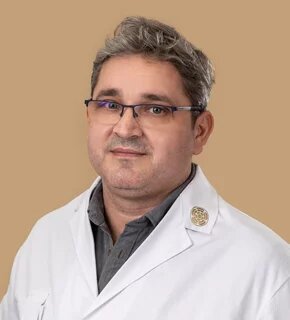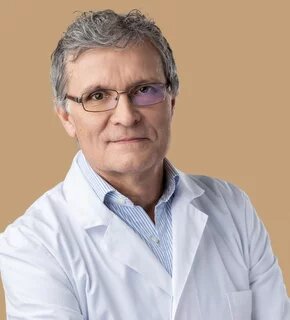
Orthopedic surgeries
WHEN IS ORTHOPEDIC SURGERY NECESSARY?
Orthopedics is the treatment of congenital and acquired disorders of the musculoskeletal system. This includes diseases of the bones and joints of the limbs, some muscle diseases, and disorders of the spine and soft tissues surrounding the vertebrae.
Orthopedic problems are treated by conservative (i.e., non-surgical) and surgical procedures. Conservative treatments include drug and physical therapies (e.g., cartilage replacement by injection, physical therapy and physiotherapy treatment).
Procedures requiring surgical intervention include arthroscopic surgery (this can be performed with a one-day surgical procedure without dissecting the joint), operations, and prosthesis implantation (replacement of an immobilized joint with an artificial joint implant).
OUR MOST COMMON ORTHOPEDIC PROCEDURES
HIP REPLACEMENT SURGERY
Hip replacement surgery may be required for abrasions of the hip joint (malformations), growth problems in children and adolescents, femoral head circulatory injuries, inflammatory diseases or injuries (fracture of the femoral neck or femoral head). The damaged, worn hip joint is replaced by a new artificial joint, which allows pain-free walking and movement of the hip joint.
The implants are fixed in the bone by means of bone cement, or by using so-called cementless ’press-fit’ implants. The latter require good bone quality. In our hospital, we choose this type of implantation whenever possible - which in 95% of cases it is. In other cases, we use bone cement to ensure proper fixation.
Regarding the metal material of the implant, we use titanium-based implants with the best long-term follow-up results. After a three-day hospital stay, our operated patients are usually discharged in a physical condition that does not require ongoing supervision at home.
More information about hip replacement surgery >>
KNEE REPLACEMENT SURGERY
Some of the abrasive deformities of the knee joint are caused by previous developmental disorders (knee joint axis deviation, torsional deformities), growth problems in children and adolescents, circumscribed circulatory disorders, inflammatory diseases, joint surface disintegration due to bone injuries, instability caused by ligament tears and meniscus injuries. In addition, wear and tear of the knee joint can develop without a predisposing factor, which is referred to in the literature as primary knee osteoarthritis.
The aim and purpose of knee replacement is to replace the damaged joint surfaces. The implants are fixed into the bone with bone cement containing antibiotics. This is the most widely used fixation solution, but in our hospital, we also offer so-called cementless knee replacement implantation. This form of implantation is chosen whenever possible, but the final decision depends on the quality of the bone and the condition of the kneecap during surgery. For metal-sensitive patients, titanium-coated implants are also possible.
Thanks to the minimally invasive surgical technique, our patients leave the hospital on the third day after surgery able to walk in their homes and climb stairs.
More information about knee replacement surgery >>
ARTHROSCOPY KNEE SURGERY
Surgery using arthroscopy is the most effective option for early surgical treatment of joint injuries, abrasions, inflammation and congenital disorders. This allows the joints to be inspected internally through 2-3 or 4 tiny 4-5mm incisions, using a suitable minimally invasive technique, and the necessary surgical interventions can be performed with our specialist range of instruments.
The advantages of the procedure are not only reduced post-operative discomfort and faster rehabilitation, but the precision technique also allows more accurate interventions and better long-term results.
More information about arthroscopy knee surgery >>
CRUCIATE LIGAMENT SURGERY
The anterior cruciate ligament is a major determinant of knee joint stability. When it is damaged or deficient, axis-directional instability develops, leading to progressive wear of the cartilage surfaces of the knee joint in the long term. Favorable follow-up results - if the cartilage is in good condition - suggest that the upper age limit has now been pushed to 60-65 years.
Reconstruction of the anterior cruciate ligament is performed using a plastic surgery approach, for which the tendon of one of the parallel internal hamstring muscles, the so-called semitendinosus tendon, is usually preferred. There are also cadaveric grafts that can be ordered from tissue banks, but their incorporation is slow and hence they are not used in our hospital.
The arthroscopic technique used in our surgeries not only has advantages due to its minimally invasive nature, but also allows for precise graft implantation and care of the cartilage lesions found. In uneventful cases, patients can go home after a night in hospital following surgery.
More information about cruciate ligament surgery >>
Bunion surgery
Bunions are often caused by hereditary predisposition, with the foot deformity affecting several generations within a family. An even more common cause is inappropriate footwear: shoes that are too narrow, with pointed toes, and prolonged wearing of high heels place significant strain on the front of the foot, forcing the toes into an inappropriate position, which in the long-term leads to deformity of the big toe. In some cases, bunions can be treated with non-surgical methods and conservative treatment - e.g., special insoles, physiotherapy or pain relief - but in advanced stages, surgery is often the only permanent solution.
More information about bunion surgery >>
Hammer toe surgery
The most common cause of hammer toe is an imbalance in the structure of the foot. The deformity develops gradually: initially, increased pressure is placed on the base of the toes, then a slow but continuous restructuring of the foot begins. Hammer toe often occurs together with bunions. In some cases, the condition can be treated with conservative methods rather than surgery, but in advanced cases, surgery is often the only permanent solution.
More information about hammer toe surgery >>
OTHER KEY ORTHOPEDICS-RELATED SURGERIES
Hip and femur surgeries
- Hip prosthesis replacement (implant not included)
- Femur axis correction
Knee and femur surgeries
- Tibial axis correction
- Open knee surgery (Baker's cyst, cartilage, retinaculumplasty)
- Knee prosthesis replacement
Ankle surgeries
- Achilles tendon repair
- Ankle arthroscopy (debridement, impingement, arthrolysis)
- Ankle ligament reconstruction, plastic surgery,joint capsule surgery, ankle cartilage repair, open ankle surgery
Foot surgeries
- Exostosis, osteotomy of metatarsal bones or toes, Helal, Bösch, and other bone deformity operations
- Repair of Haglund's deformity (endoscopy or open surgery)
Shoulder surgeries
- Removal of the lateral part of the collarbone and arthroscopic/open lavage of the AC joint
- Stabilization for AC subluxation
- Arthroscopic surgery of frozen shoulder
- Shoulder arthroscopy
- Shoulder instability surgery (Bankart procedure)
- Shoulder replacement
Elbow surgery
- Arthroscopic debridement of elbow/synovectomy
- Elbow replacement
- Surgery for tennis elbow or golfers elbow
- Release of ulnar nerve
Hand surgery
- Carpal tunnel surgery
- Dupuytren's contracture - 1 finger
- Trigger finger surgery
Why choose Dr. Rose Private Hospital?
- Skilled specialists, modern diagnostic and therapeutic equipment. In our orthopedic department, our aim is to provide comprehensive patient care, the highest quality of treatment and fast and effective rehabilitation.
- Personalized care. At our orthopedic clinic, we create an individual treatment plan for each patient, taking into account their individual needs, condition and objectives, to achieve maximum results in the treatment of musculoskeletal problems.
- An empathetic, person-centered approach. Our practitioners always keep the patient's comfort and safety in mind, and work hard to create a supportive and reassuring environment throughout the healing process.
- Exclusive environment. Our premium inpatient department has 4 operating theatres and 44 patient rooms with 54 beds to meet all your needs. The highest professional standards together with a unique healing environment mean you can recover in safety and with complete peace of mind.
If you have any musculoskeletal complaints, please feel free to contact the doctors at Dr. Rose Private Hospital.
What our patients say
-
I had knee replacement surgery in September. I have never had better medical experience in my life.
From the initial visit to the rehabilitation treatments the competency of the doctor's, nurses and staff was 5 stars. A real plus is that everyone speaks English. Finally the patient rooms are comparable to a 5 star hotel.S.C.
-
My wife and I have been coming here for years. I have had 2 hip replacement surgeries and an arm surgery. I have nothing but good things to say about the doctors, nurses and staff. They are conscientious and do everything they can for their patients. My wife goes to Dr. Dániel Dubecz, who is a professional on both a medical and a personal level. I can only recommend this hospital to anyone who wants to receive quality care. Thank you very much!
I. Ny.
-
I came to the hospital for an operation to remove the metal in my knee following knee fracture surgery. Dr. György Hangody was extremely kind and patient with me, answering all my questions reassuringly. I was admitted for a one-day operation. The nurses, assistants and the anesthetist busied themselves around me with outstanding attention, I have never experienced such kindness anywhere else. I am infinitely grateful to everyone, as even that one day was like relaxing in a spa hotel.
E. Sz.
-
Image

We are regular patients at Dr. Rose Private Hospital with our annual gold card, any problems that arise we go there immediately, so it is very convenient. Professionally they are very well prepared, actually my knee surgery was the icing on the cake, because then I could get to know the rest of the Hospital as well. They showed me around and I almost fainted: the maternity ward and the apartment belonging to it are like a five-star hotel.
Jenő Rácz, chef with Michelin stars
-
Everything was fine and I am glad I chose Dr. Rose for the surgery, we have been regulars ever since, and do all our examinations here. The team at Rose is very good and I know like everywhere there are sure to be internal frictions, but you can’t feel anything. The nurses deserve a separate chapter in the class, they show incredible professionalism and dedication, I really could not have wished for better.
Zsolt Balogh

